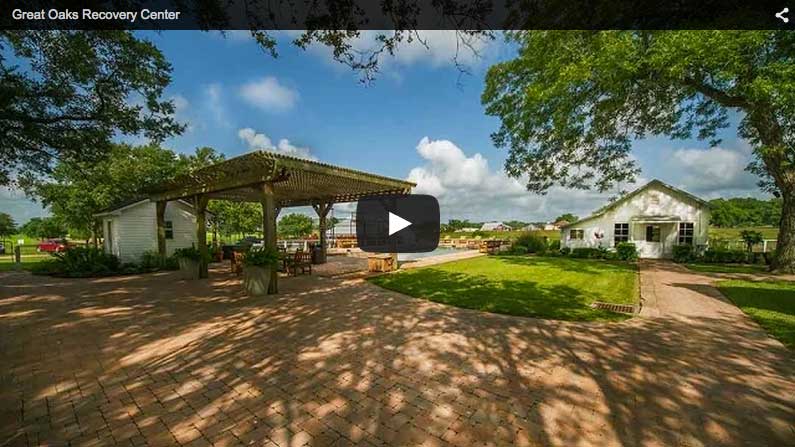Anxiety is more than just feeling nervous before a presentation or an important exam—it’s a chronic and sometimes debilitating condition that affects the mind and body in deeply intertwined ways. According to the American Psychiatric Association, nearly 30% of people in the U.S. experience some type of anxiety disorder in their lives, and many require medication, regular therapy, and self-care methods to manage the condition effectively.
One of the most immediate physical symptoms of anxiety is disrupted breathing—often shallow, rapid, or erratic. Fortunately, this connection between anxiety and your breath isn’t a one-way street. By consciously regulating our breath, we can engage our body’s natural calming systems and counter the physiological spiral of anxiety.
Why Anxiety Affects Our Breath
To understand how breathing techniques might help, it’s important to learn why anxiety affects your breath cycle in the first place.
Anxiety activates your sympathetic nervous system, often referred to as the “fight or flight” response. When the brain perceives a threat—real or imagined—it releases stress hormones like adrenaline and cortisol. This primes the body to take quick action: the heart rate increases, muscles tense, and breathing becomes faster and shallower. This rapid breathing, or hyperventilation, is designed to flood the bloodstream with oxygen to prepare for danger.
However, when there’s no physical threat to escape, this response becomes maladaptive. Hyperventilation lowers carbon dioxide levels in the blood, which can cause symptoms like dizziness, lightheadedness, chest tightness, and even feelings of unreality—all of which amplify anxiety. The result is a feedback loop: anxiety changes your breath, and the way you’re breathing worsens your anxiety.
This is when breathing exercises come into play. By slowing down and deepening the breath, you activate your parasympathetic nervous system, sometimes called the “rest and digest” system, which helps calm the body and restore a sense of equilibrium by lowering your heart rate and decreasing stress hormones.
Breathing Techniques That Help Manage Anxiety
Each of the following exercises aims to interrupt anxious breathing patterns, prompt better emotional regulation, and promote relaxation. Different methods work better for some people than others, so remember: if one type makes you feel uncomfortable in any way, simply stop and try another option the next time.
1. Diaphragmatic (Belly) Breathing
This foundational technique encourages full oxygen exchange and calms the nervous system.
- How to do it: Sit or lie down comfortably. Place one hand on your chest and the other on your belly. Inhale slowly through your nose so that your belly rises, not your chest. Exhale slowly through your mouth. Repeat for 5 minutes.
2. Sighing Breath
This is a natural and instinctive way to reset your breathing rhythm.
- How to do it: Take a long, slow inhale through the nose, then exhale with an audible sigh through the mouth. Repeat 5–10 times.
3. Counting Breaths
Anchor your attention with this simple mindfulness technique.
- How to do it: Inhale and silently count “1”, exhale and count “2″, ” inhale and count “3”, exhale and count “4”, and so on, continuing up to 20. If your mind wanders, gently bring your focus back and start over.
4. Pursed-Lip Breathing
Often used by people with respiratory conditions, this method helps reduce anxiety-related breathlessness.
- How to do it: Inhale through your nose for 2 seconds, then exhale slowly through pursed lips, as if blowing out a candle, for 4–6 seconds. Repeat up to 10 times.
5. Box Breathing (Four-Square Breathing)
Used by Navy SEALs and athletes, this method emphasizes structured breath control.
- How to do it: Inhale for 4 seconds, hold your breath for 4 seconds, exhale for 4 seconds, and hold again for 4 seconds. Repeat for 4–5 cycles.
6. 4-7-8 Breathing
This technique, popularized by Dr. Andrew Weil, is particularly effective for calming your mind before sleep.
- How to do it: Inhale through your nose for 4 seconds, hold the breath for 7 seconds, and exhale through your mouth for 8 seconds. Do this for 3 cycles to start and increase the number of breath cycles gradually.
7. Lion’s Breath
A dramatic yogic breathing technique that helps release emotional tension.
- How to do it: Inhale deeply through the nose, then exhale forcefully through the mouth while sticking out the tongue and making a “ha” sound. It may feel silly at first—as this instructional video for children demonstrates—but it’s also quite effective.
8. Resonance Breathing (Coherent Breathing)
This advanced method slows your breath to around 5 breaths per minute to promote heart-brain coherence.
- How to do it: Through your nose, Inhale for 5–6 seconds and exhale for 5–6 seconds. Continue this rhythm for 10 minutes, ideally while sitting or lying down.
Take Care of Your Mind, Body, and Spirit at Great Oaks
Think of breathing techniques as a first aid kit for your mind—valuable for moments of acute stress and a strong foundation for long-term resilience. However, if anxiety disorder regularly interferes with your daily life, relationships, or sleep, it’s important to find professional support for better health.
As a premier addiction rehabilitation and dual diagnosis treatment center, Great Oaks Recovery Center, outside of Houston, Texas, provides you with evidence-based practices combined with holistic wellness techniques to help you manage your condition more effectively. Caring for your mental health isn’t a sign of weakness—it’s a profound act of courage and self-respect. If you need help, talk to a member of our admissions team today to learn what our board-certified professionals can do for you.



